Pantheon of the New Gods
Divinity from Beyond the Stars
"In this realm of monsters and demons, the new gods stand as both saviors and enigmas. They elicit awe and trepidation, for who can truly fathom the motives of beings from celestial realms beyond? We navigate the world in their looming shadows, striving to unveil their truths, even as their existence defy our comprehension. To seek their affection is to embrace the unknown, to dance with the abyss. Their blessings are not meant for the faint hearted. Only for those who are willing to sacrifice a part of themselves to accept the unfathomable wonders of the alien gods."During the Age of Silence the gods of old abandoned their creation to fend for themselves against the influences of the approaching Netherhells. This age was created by the ill-fated actions of the gods' offspring, who, in their desperation to resolve their disputes, invited demons into their world. Disgusted at such heedless acts, the divine parents turned away, ceasing all contact with their creation. Yet, as the Age of Silence neared its end, from beyond Netherdyn's borders emerged strange beings of immense power. These entities, now hailed as "the new gods," arrived unbidden. Their influence, however, was undeniable, permeating the fabric of reality and shaping the world through mysterious and awe-inspiring events. Each of these new gods claims dominion over facets of life, fate, and magic, reinstating purpose and order that had been absent during the Silence. It is widely believed that it was the new gods who established the concept of death and rebirth, stripping away the immortality once enjoyed by the denizens of Netherdyn. Some resent the new gods for the loss of eternal life, while others embrace it, recognizing the beauty and fleeting nature of existence.
The Gods do not Speak
Despite their profound influence, the new gods remain strange and aloof, choosing not to interact directly with the inhabitants of Netherdyn by speaking to them. Their intentions and desires are shrouded in mystery. Their forms unknown, and their very essence otherwordly. And still, the gods respond to displays of devotion, though not in ways customary to how worship was conducted before the Silence. The beckoning of a deity may yield no immediate response, but over time, subtle changes become apparent. Devotees may gain knowledge and insights previously beyond their reach or be bestowed with arcane gifts and abilities. In some cases, the most fervent followers may even undergo physical transformations, their appearances gradually shifting to reflect aspects of their chosen deity. These results of devotion, simply called "affection", are not sought out by everyone, for the blessings of the gods can often evoke unsettling changes. The new gods perceive the world through a different lens, their boons appearing strange and terrifying to mortal eyes. Yet, the allure of their favors persists, for protection against Netherhells' dread may demand the embrace of these new gods. Their arrival simply marks a new era, where mortals navigate a delicate balance of devotion and uncertainty, seeking to comprehend the unfathomable powers that shape their world. As the ancient deities of Netherdyn's past fade into silence, the influence of the new gods grows, their cosmic presence ever-present, shaping the destiny of this realm with an incomprehensible vision.Worship Across the Realms
The enigmatic presence of the new gods in the world of Netherdyn transcends cultural boundaries. Almost every corner has developed some form of worship of the new gods, yet their traditions takes on unique forms depending on the realm in question. The Divine Dominion of Galdorsmynd stands as a bastion of ancient traditions, steadfastly clinging to the worship of the divine parents. Here, the new gods are shunned, their existence seen as a sign of heresy, and their followers persecuted. Meanwhile, in the Witchrealm of Morvathia religion takes on a multitude of expressions. Unfettered by government regulation, diverse cults and churches have emerged, each espousing their unique interpretations of the new gods. These smaller religious factions thrive here, even the more controversial ones. The Cursed Kingdom of Demenore bears the weight of a tumultuous history with religion. Suspicion lingers in the air, thanks to the dark shadow cast by the Church of Eternal Flesh. Despite this, many varul, burdened by their own cursed existence, seek solace in the benevolent embrace of the new gods. Various Factions vie for recognition from the new Kral. Yet, others, wary of repeating the mistakes of the past, remain cautious, questioning whether granting religious orders power is a path fraught with peril. Within the Nine City Alliance of Valleterna, the governance of religion falls under the dominion of individual cities. While each city holds the autonomy to regulate faith, a common thread unites them in the acceptance of worship of the new gods. Thriving communities, both supported and independent, find solace within the city walls, developing a diverse tradition devotion that enrich the spiritual fabric of Valleterna. It is important to recognize that the worship of the new gods seldom coalesces as a unified entity. Rather, the inclination to revere specific gods varies across regions, giving rise to temples and churches that flourish in some areas while remaining unfamiliar in others. This is compounded by the fact, that gods may bear different names and symbols in each realm, which makes the worship of the new gods a scattered mosaic rather than a unified whole.End, Passage and Beginnings
Death holds a central place in the religious worship of many realms, largely due to the belief that the new gods endowed all of life with mortality. This reverence is most prominently directed towards three deities, each representing different facets of death and the afterlife: The Harvester, the Nevermore, and the Reborn. These gods, often refered to as "the Keeper Three", form a sacred triad in the spiritual landscape of Netherdyn, embodying the intricate cycle of life, death, and rebirth.The Gift of the Harvester
The Harvester stands as the direct personification of death itself. Yet, paradoxically, this deity also symbolizes life, harvest, community, and the flourishing of flora. It is a widely held belief across many cultures of Netherdyn that the Harvester was the divine entity responsible for bestowing mortality upon the children of the Divine Parents. The Harvester thus is seen as a figure of both dread and reverence. Some cultures perform the grim ritual of life sacrifice to appease this deity, hoping to gain favor for a bountiful harvest. Others perceive the Harvester in a more benign light, as a necessary and merciful force in the greater balance of life.The Memory of the Nevermore
In contrast, the Nevermore is not a god of death, but rather of the grave. This deity presides over the memories of the departed and stands guard at the threshold between the realms of the living and the dead. The Nevermore's dominion is evident in the commonality of burial rites and the sacred grounds of graveyards dedicated in its honor. The symbol of the key, emblematic of transition between worlds, features prominently in diverse cultural practices across Netherdyn. It represents the pivotal role of the Nevermore as both the chronicler of the dead and the guardian of the passage from life to death.The Renewal of the Reborn
As a deity of resurgence and renewal, the Reborn is venerated as a divine counterbalance to the finality of death. Worship of the Reborn varies in practice and ideology across Netherdyn, yet a unifying belief persists: while the Harvester claims life and the Nevermore oversees the passage and safeguarding of souls, it is the Reborn who orchestrates their return to the realm of the living. This rebirth, however, is not gentle. The Reborn's gift is often depicted as an act interwoven with violence—a transformative inferno that reforges the soul, a symbolic representation of blood and the agonies of birth.Tales of Divine Creation
Amidst the stories that tell of the arrival of the new gods in Netherdyn, there are some species and cultures that claim a direct connection to the new gods, calling them their celestial patrons. Many of these denizens harbor a steadfast belief that they were not mere happenstance, but rather brought into existence by the hands of the new gods themselves. Though scholars find it challenging to authenticate these tales, it remains undeniable that certain inhabitants of Netherdyn have been profoundly shaped by their worship of the new gods.The Horned Children of Death
In the realm of Morvathia, the kobucks proclaim themselves as the very creation of the "Horned Father," the deity most commonly known as "the Harvester". According to kobuck folklore, the Horned Father traversed the battle-scarred lands of Morvathia after the Age of Silence, and in an act of benevolence, breathed life back into the soil. Forged from the very essence of the earth, the kobucks were intended as a transient creation, tasked to cultivate the lands to the Harvesters' satisfaction, before they would vanish as quickly as they came to existence. Yet, the deity's attachment to his creation ran deeper than anticipated. Moved by their diligence, the Harvester granted them respite from their fleeting lifespan, embracing them as cherished devotees. To this day, most kobuck societies revere the Horned Father as a benevolent father figure, honoring life and death in harmonious balance.Stranded Visitors from Beyond the Nightsea
On the Floating Archipelago of Euwlingaard, the quillows claim a celestial benefactor of their own - the Inkveil. Enshrined within quillow folklore, the Inkveil is a wayfarer of the Nightsea, journeying through diverse realms to amass knowledge and wisdom. In the quillows' eyes, they serve as humble stewards and archivists for this cosmic voyager. The archipelago itself, once believed to be a singular island traversing the Nightsea, arrived in Netherdyn during the Age of Silence. Alas, a cataclysmic event shattered the island, devastating the Inkveil's sanctum - an invaluable repository of knowledge collected from beyond the stars - and dispersing this precious lore across Netherdyn. Though the archipelago's ability to navigate the Nightsea remains dormant, quillow scholars hold steadfast in their belief that, once the lost knowledge is recovered and the island restored, Euwlingaard will once again journey through the celestial waters.Born From Anger and Chaos
Among those who claim divine origins, the dryads provide the most compelling evidence to bolster their conviction. In every sprawling forest across Netherdyn, unique subspecies of dryads dwell, each recounting a similar tale: A time of unfathomable rage and devastation as the paradise of Netherdyn burned to ashes. In this hour of need, the Evergrowing graced the land, their essence entwining with the ancient trees. Promising that the silent fury kindled by the destruction of demons could transcend the intended limits imposed by the Divine Parents, the Evergrowing bestowed upon the trees the power to defend themselves. And so, from the crucible of war against nature's corruption, the dryads emerged as guardians, pushing back the malevolent forces of the Netherhells. While the specific nuances of this narrative differ among dryad tribes - the name and depiction of the Evergrowing, even their gender and the promises made to the forest - the undeniable similarities that echo through each tale lend significant credibility to their claim. There are countless tales and claims made by the people of Netherdyn about the new gods, thus, these examples serve merely as a glimpse into the vast realm of divine narratives that are shared throughout history.The Known Gods
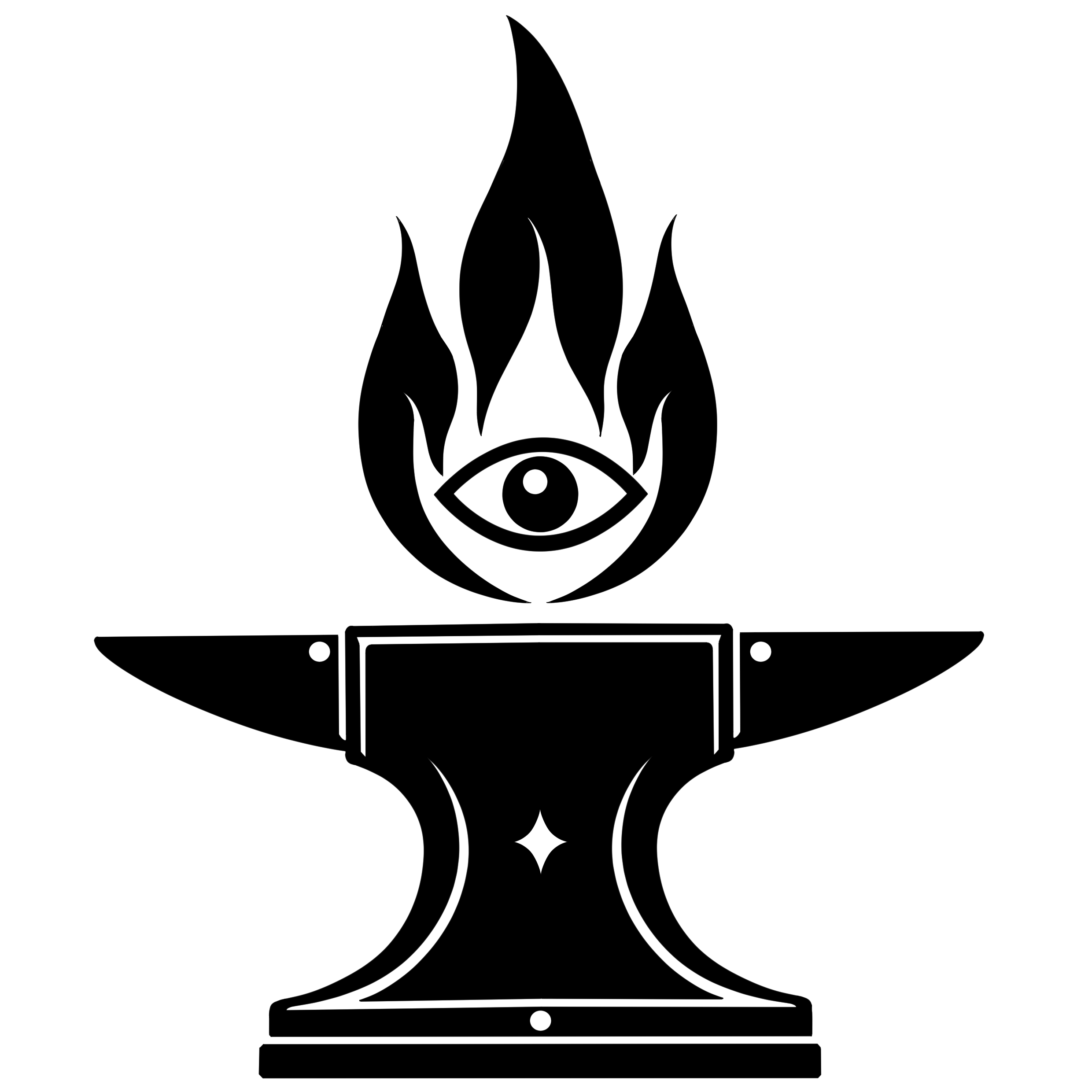
The Enkindler
Names: The Enkindler, The Emberlord, Divine Muse, The World’s Anvil, The Eyeless Sculptor, Hiequa the ShaperSymbol: Anvil with Flame Shaped Like an Eye
Domains: Fire, Forge, Creation, Artifice, Obsession, Compulsion
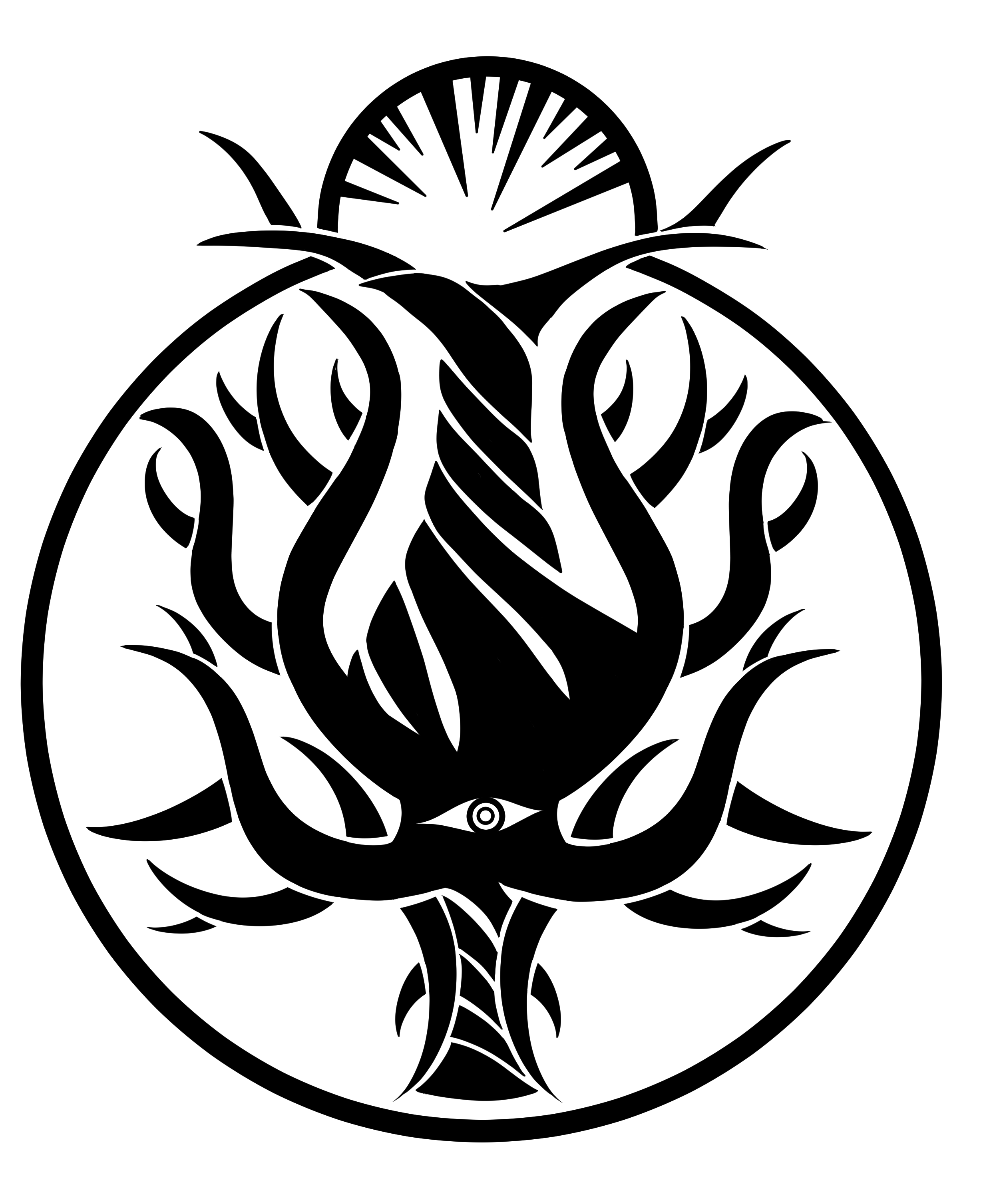
The Evergrowing
Names: The Evergrowing, Lord Wildheart, Lady of Overgrowth, The Unbounded SproutSymbol: Seeing tree with the halo of decay
Domains: Nature, Growth, Chaos, Decay, Wilderness
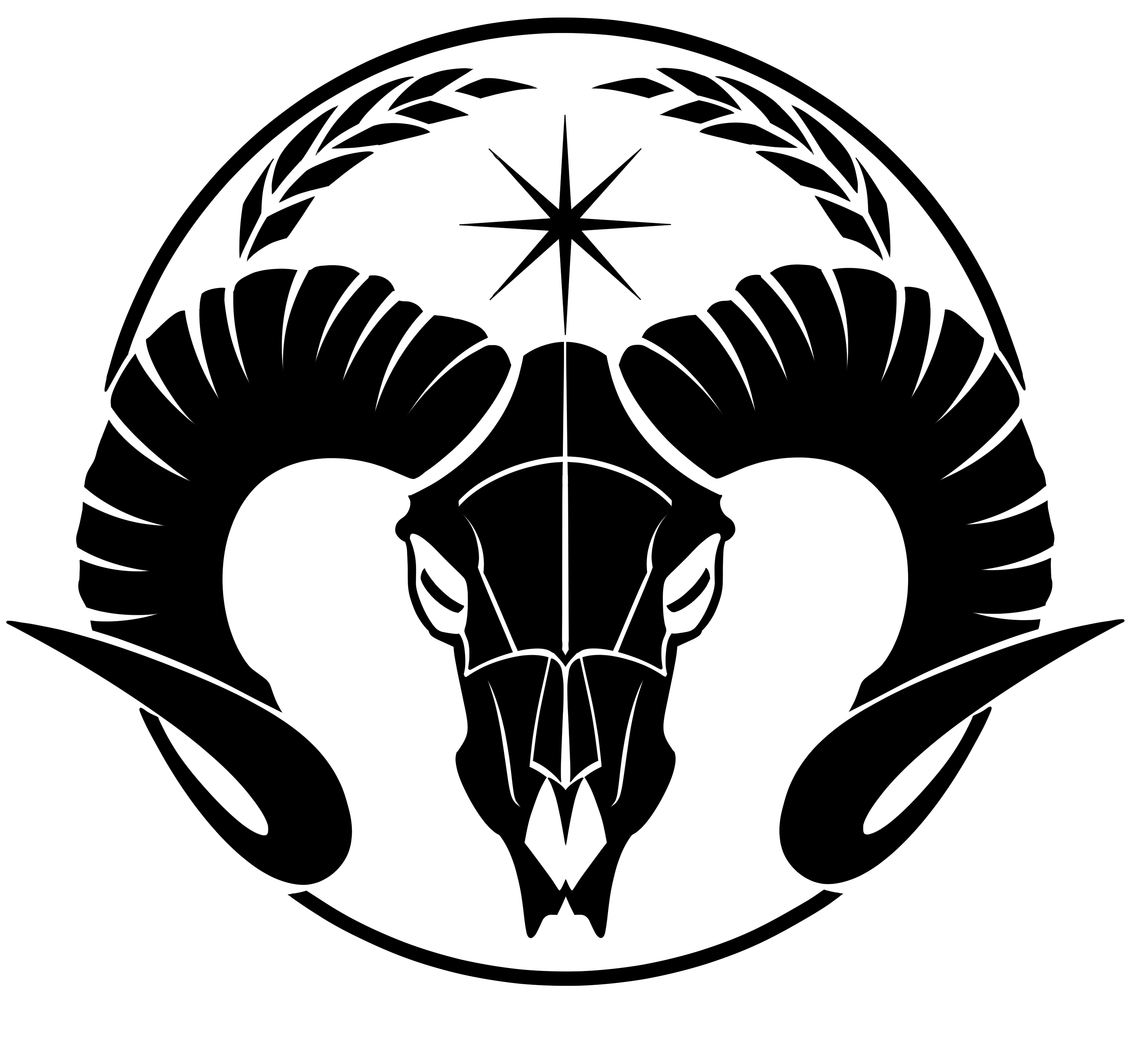
The Harvester
Names: The Harvester, The Horned Father, The Gatherer, Bringer of BountySymbol: Goat skull sprouting wheat
Domains: Death, Life, Plant, Harvest, Community
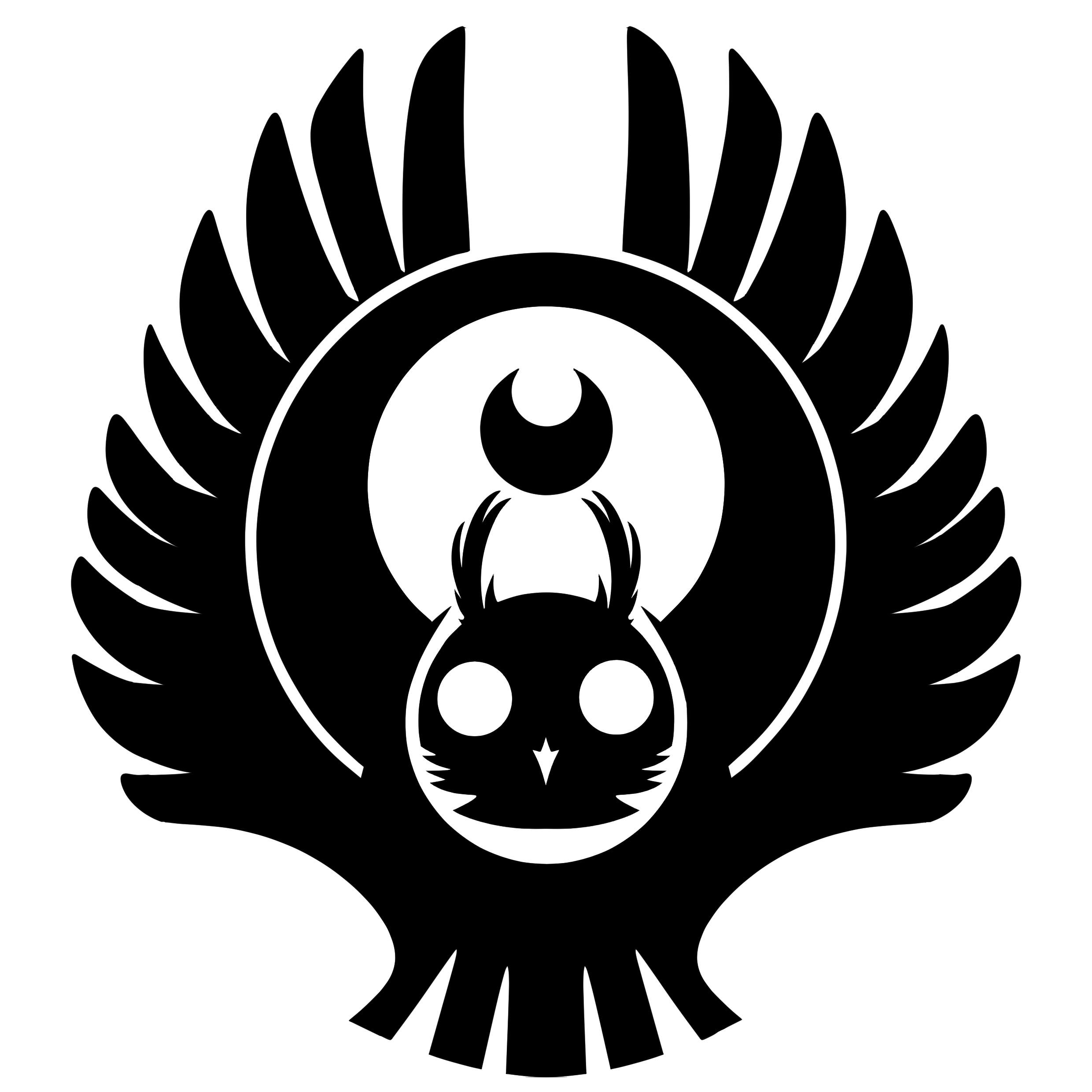
The Inkveil
Names: The Inkveil, Whisperer of Forbidden Words, The Whispering Owl, The Traveler BeyondSymbol: The guarding owl
Domains: Knowledge, Ink, Magic, Wisdom, Communication, Stars

The Nevermore
Names: The Nevermore, The Keybearer, Keeper of the Gate, The One Who RemembersSymbol: Eye with Keyhole inside
Domains: Grave, Silence, Memories, Keys, Transition, Oblivion
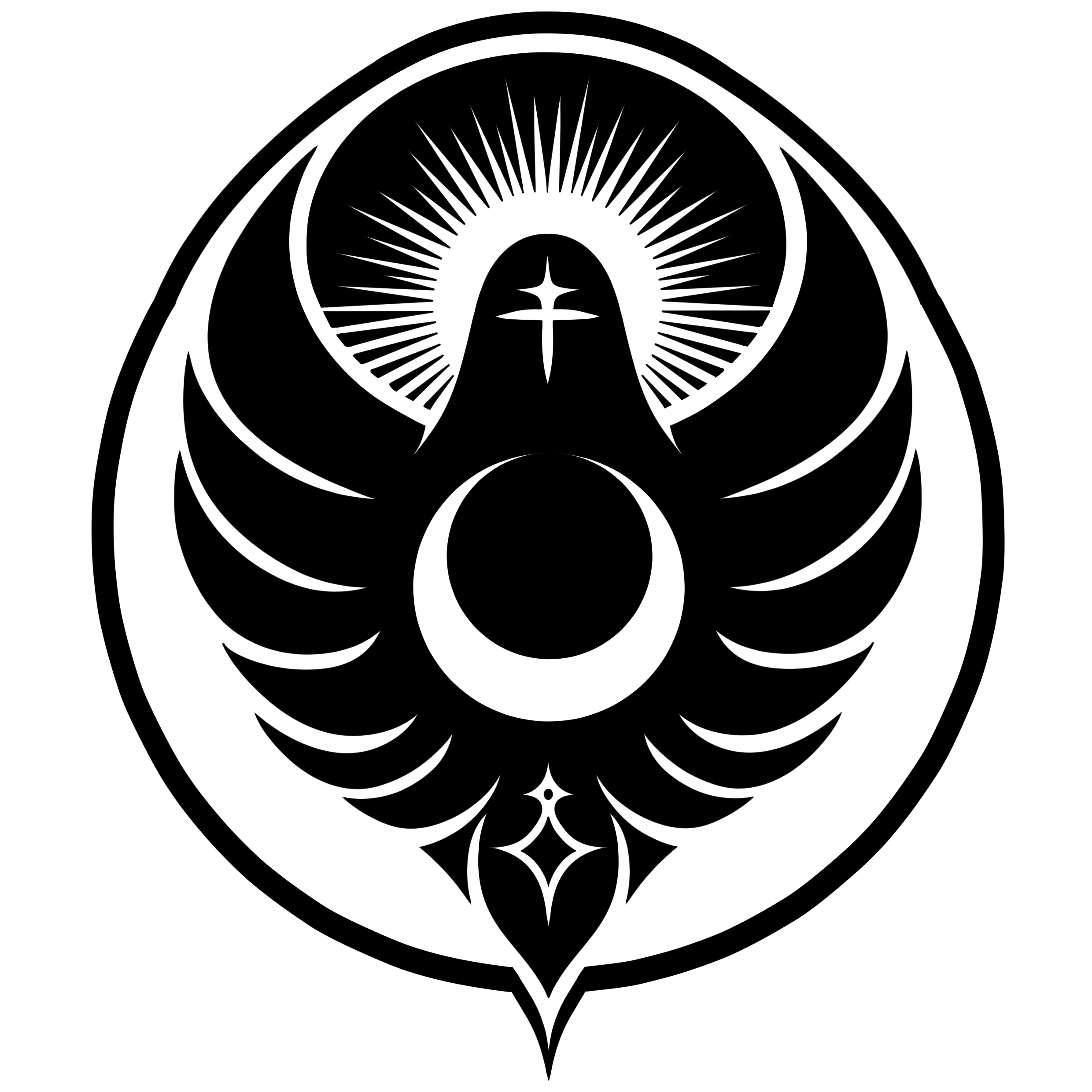
The Nightbearer
Names: The Nightbearer, The Cloaked Serenity, Guardian of the Stolen Night, Lady of the Twilight HourSymbol: Cloak of night overtaking the sun
Domains: Night, Darkness, Twilight, Eternity, Time
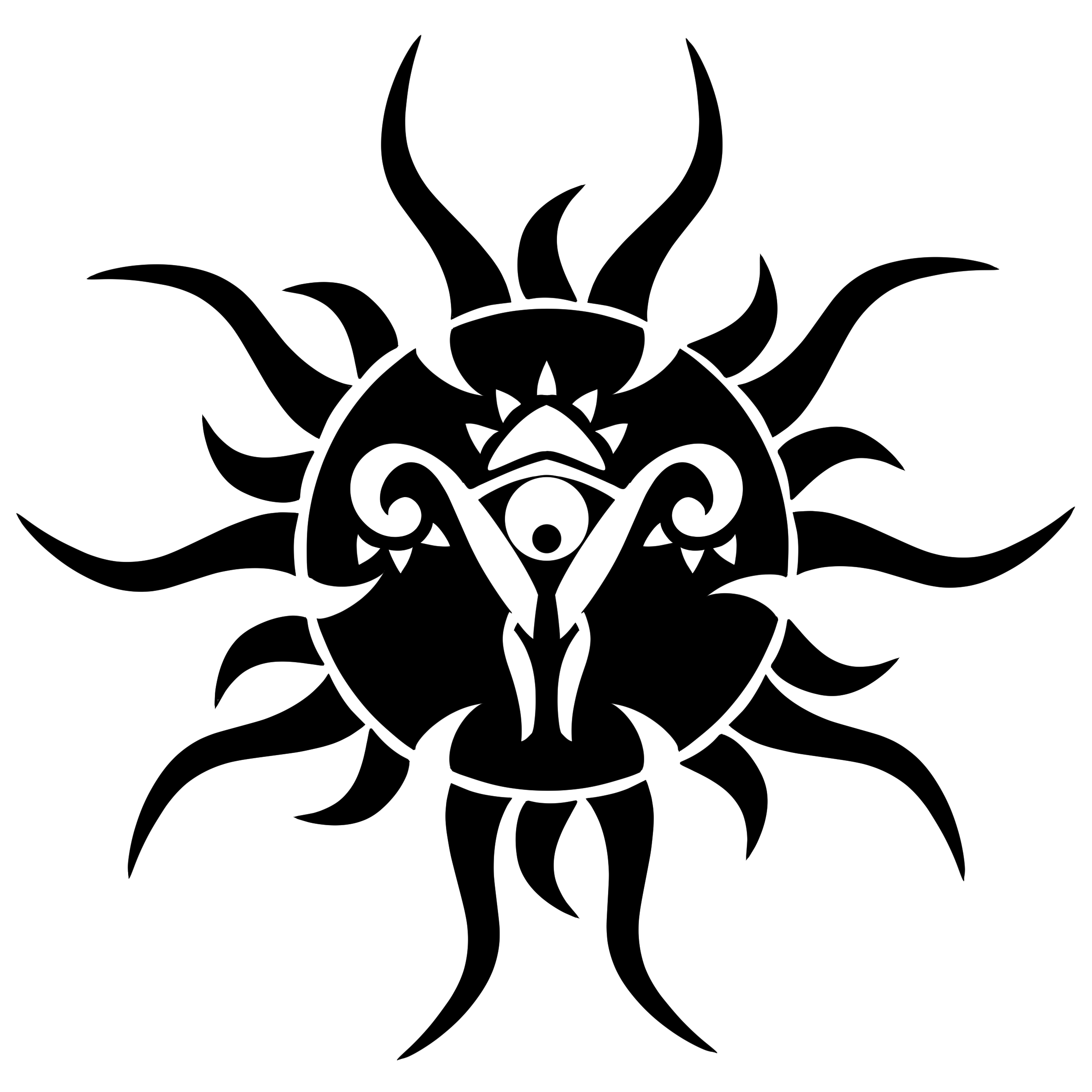
The Reborn
Names: The Reborn, Mother of the Sun, Matriarch of Everburning Light, Womb of FireSymbol: Womb engulfed in vibrant flames
Domains: Life, Light, Rebirth, Transformation, Fire, Sun
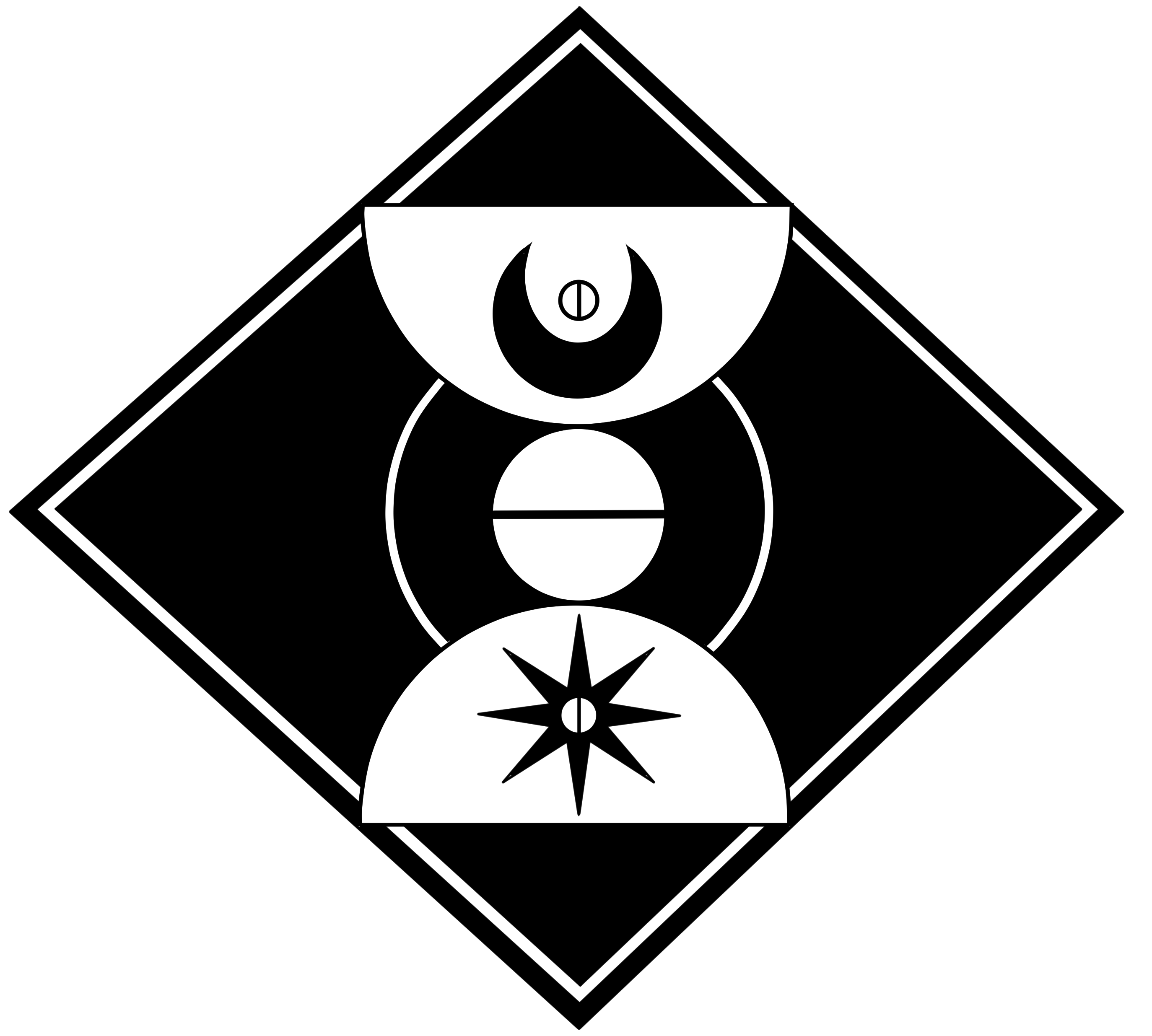
The Unblinking
Names: The Unblinking, The Eye of the Moon, The Third Moon, The Broken DragonSymbol: Chalice with three moons
Domains: Secrets, Madness, Moon, Dreams
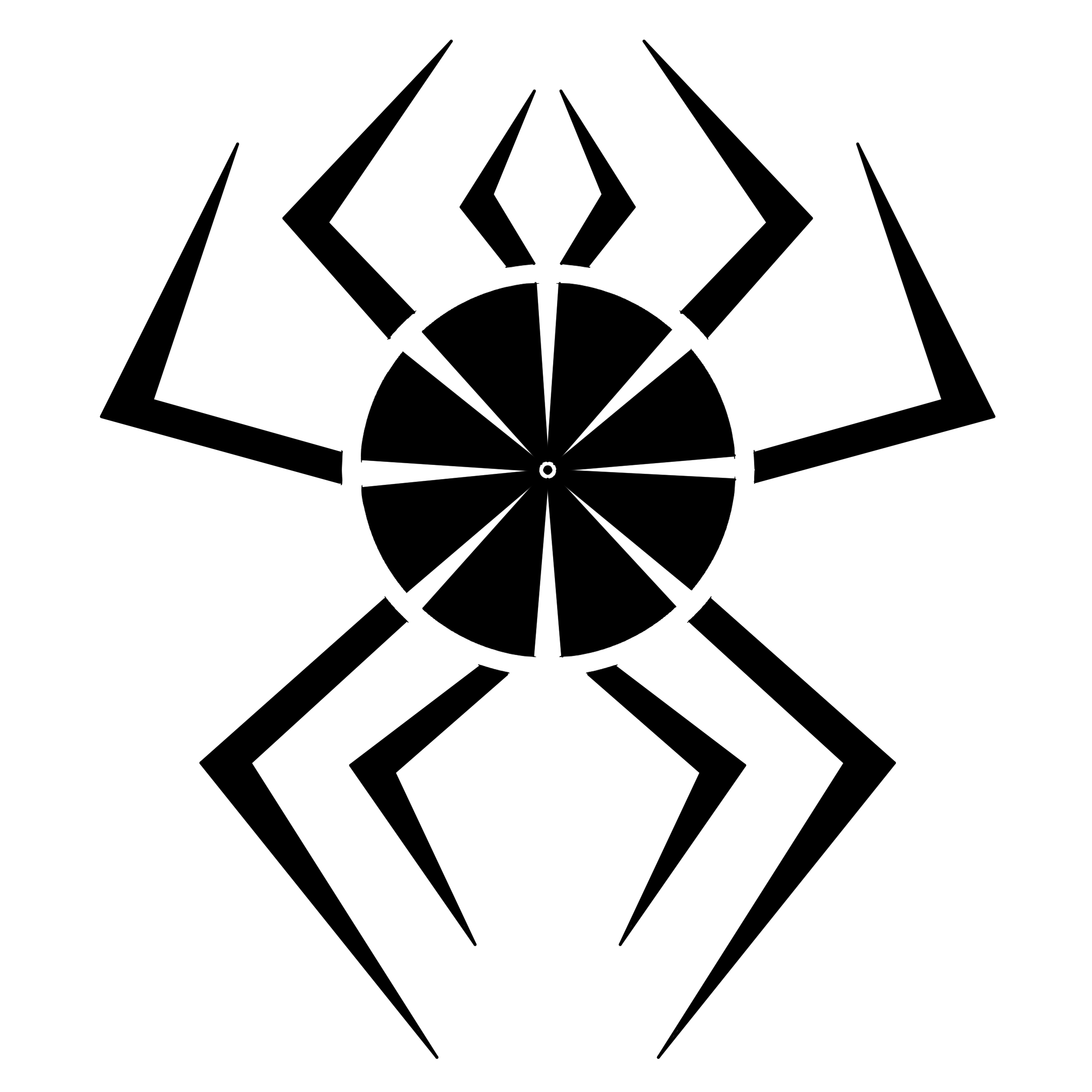
The Weaver
Names: The Weaver, Spinner of Fates, Zilthura the WeaverSymbol: Spinning wheel with spiderlegs
Domains: Weaving, Fate, Spiders, Protection
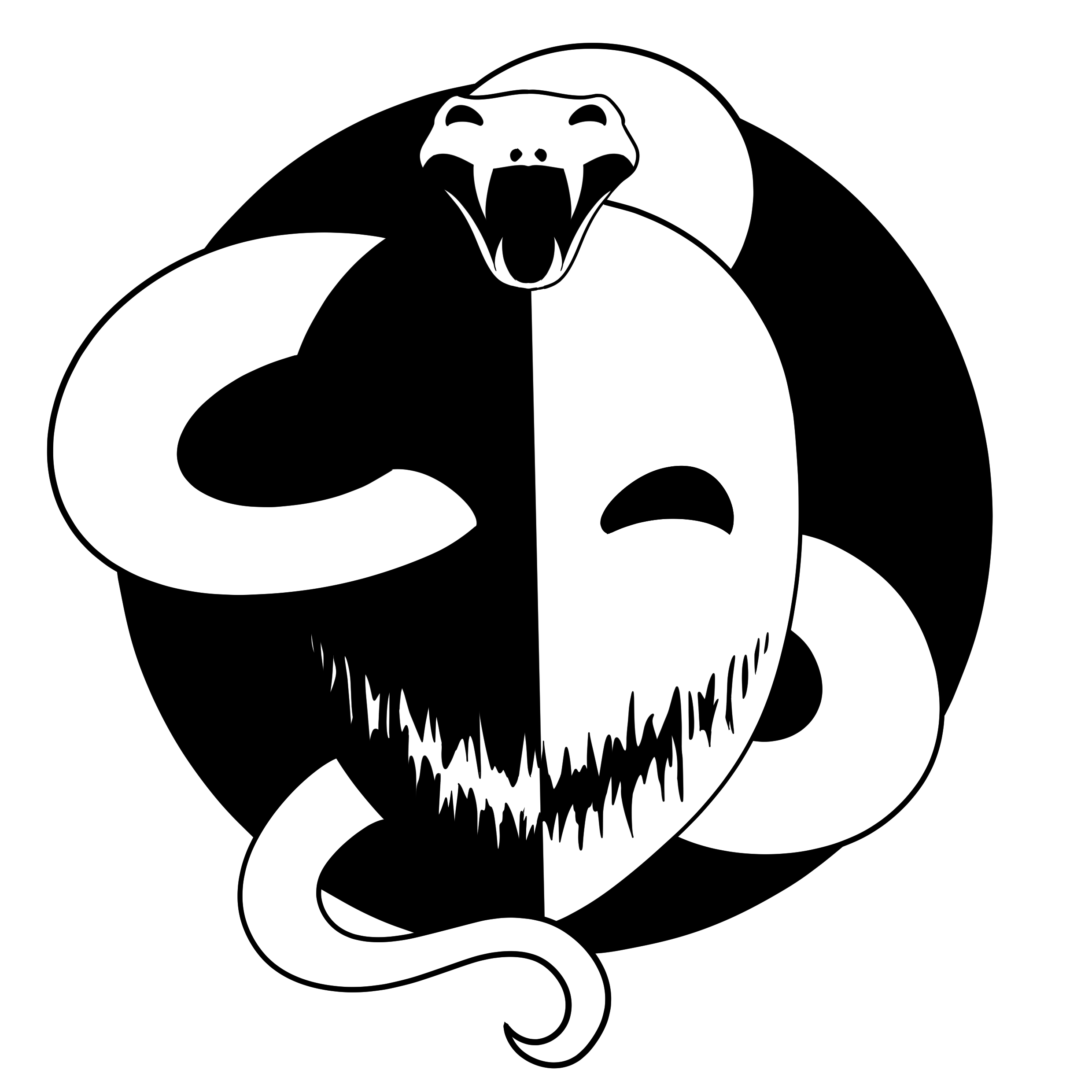
The Wile
Names: The Wile, Lord of Whimsy, Mistress of Deceptive Delights, The Fickle TricksterSymbol: Laughing mask intertwined with a serpent
Domains: Chaos, Trickery, Illusion, Luck


Comments